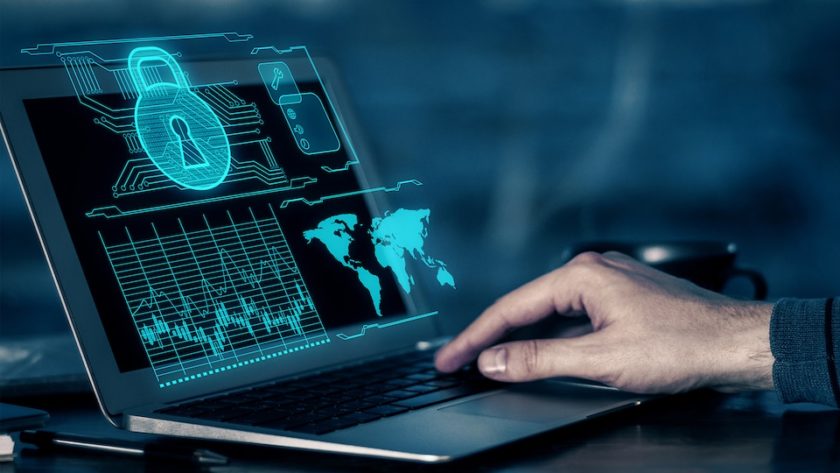M+E Daily

Akamai: Tech Helped Streaming Overcome Pandemic Traffic But Challenges Remain
Story Highlights
The foundational Internet standards and techniques helped video streaming bend but not break under the significant strain of increased online traffic during the COVID-19 pandemic over the past year although there remains room for improvement, according to Peter Chave, principal architect at Akamai.
Transmission Control Protocol (TCP), Hypertext Transfer Protocol (HTTP) and adaptive bitrate (ABR) streaming technology all played a role in helping the industry scale, manage congestion and maintain viewing continuity during the biggest traffic peaks, he told MESA April 8.
While TCP helped maintain shared connections amid all the online congestion, HTTP helped content delivery networks (CDNs) rapidly scale to accommodate the significantly increased traffic levels and ABR allowed for viewing continuity despite the huge increase in demand.
Although the Internet has many “self-healing” capabilities built in, coordination among various stakeholders is still required to cope with sudden, massive traffic spikes, Chave noted.
Akamai saw global traffic on its platform grow 30% in March 2020 as Internet usage soared around the world amid the coronavirus crisis, Tom Leighton, Akamai CEO and co-founder, said last year during the company’s online Edge Live Virtual Summit 2020. Worldwide Akamai traffic typically enjoyed an average of only about 3% growth in a typical month, he noted, underscoring just how significant March growth was.
Peak traffic on Akamai’s Edge platform doubled in March 2020 from a year earlier, soaring to 167 Tbps from 82 Tbps, Leighton said at the time. Although there was concern about the Internet being under tremendous strain, it was expected to cope, according to Akamai, whose Edge platform helped avoid an Internet meltdown, he said.
Going into even-numbered years like 2020, Akamai “always ramped up” its platform because that’s when there is typically an “alignment” of major sports events that are going to be streamed globally, including the Olympics and World Cup, Chave told MESA April 8. “So we were anticipating a jump in traffic” last year, even before the pandemic, he pointed out.
In addition, Akamai is also always upgrading its network and adding enhancements “as we go along so, at any one point, there can be a fair percentage of the capacity [that] is being upgraded,” he noted.
When the pandemic became a global issue early last year, “as the traffic spiked as countries locked down and we saw a shifting in traffic patterns” away from Internet connections at business offices to Internet connections at homes, “there was also an uptick in demand for streaming content” that was driven at least in part by new video streaming platforms including Disney Plus, he said.
“It was kind of a perfect storm,” he explained, adding: “What we were most concerned about right at the beginning was not overall capacity because… the Internet, from its inception, has been designed to be resilient to congestion” and tends to cope with whatever traffic there is and “content keeps flowing,” even if the quality of the stream may decline. “The Internet was kind of prepared for this and the protocols we built were ready for these kind of sudden changes.”
Additionally, “there was a certain amount of luck in the fact” that 2020 was an even-numbered year and Akamai was already preparing for increased sports streaming demand but “we hadn’t used that capacity yet” when the lockdown started, he explained.
But Akamai took additional steps, including the rescheduling of maintenance and “switched to a model where we didn’t have as many servers offline,” he said.
What was concerning, however, was that after China locked down quickly, “the places where we would go and buy servers from and chips” as part of the supply chain were shut down, he noted. Akamai had to “work around that” by repurposing some of what it had and “found alternative sources” also, he said, adding, “despite that “bump in the road, it didn’t trip us over completely.”
However, “what we were most concerned about was last-mile ISP bandwidth” and the sudden shift from a mix of home and work Internet connections to nearly all residential connections that would “create a bottleneck,” he pointed out.
What helped offset that issue was the fact that streaming companies and regulators stepped in to help, he said, noting that, for example, Netflix volunteered to reduce the bitrates of its video for a short period of time. The issue was not that hard to overcome because “it’s the same number of physical eyeballs – they’re just in different places,” he explained.
Other challenges during the pandemic included a significant increase in piracy and other security issues, he said.
Looking ahead, Chave said there are emerging innovations that can further automate and optimize the future of streaming. New approaches to content delivery, including dynamic protocol optimization, HTTP/3 and advanced compression techniques can further operationalize and automate many functions that currently need human intervention, he noted.









